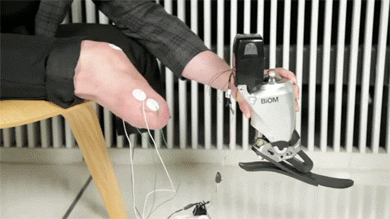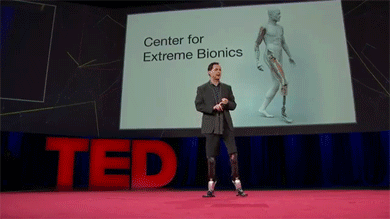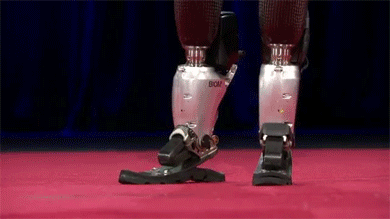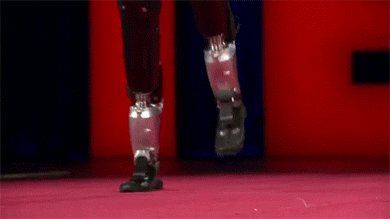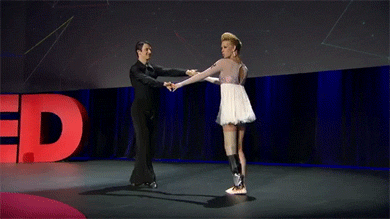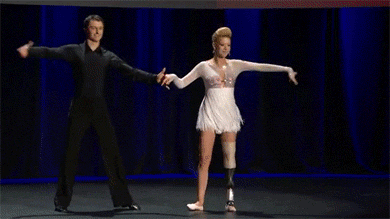Purchasing Power Of Europe’s Population By 2-digit Postcodes, 2016

Purchasing power of Europe’s population by 2-digit postcodes, 2016
More Posts from Stubborn-turtle-blog and Others
NASA and Star Trek
Star Trek debuted in September 1966 and in its various incarnations, the series has been an inspiration to many, even some of us at NASA. The series allowed its fans to explore “strange new worlds” and to dream of what could be right in their living rooms. To celebrate the show’s 50th anniversary, we’ve collected some Trek-themed photos featuring Star Trek cast members and NASA astronauts.
Serious Business

The STS-54 crew of the space shuttle Endeavour in their official “gag” photo are costumed as the bridge crew of the Enterprise as depicted in the movie “Star Trek II: The Wrath of Khan.” The photo was taken on the Star Trek Adventure set of the Universal Studios California theme park in Los Angeles, California, while the crew was on a west coast training and public relations tour during the Summer of 1992. From left to right:
Greg Harbaugh (Mission Specialist/Engineering Officer)
Mario "Spock” Runco Jr. (Mission Specialist/1st Officer/Science Officer)
John Casper (Commander/Captain)
Susan Helms (Mission Specialist/Communications Officer)
Don McMonagle (Pilot/Navigation-Helm Officer)
“I have been, and always shall be, your friend”

Astronaut John Creighton shows the on board Graphical Retrieval Information Display (GRID) computer, which displays a likeness of Mr. Spock aboard STS-051G, June 18, 1985.
“A Keyboard… How Quaint”

Actor James Doohan (who played engineering genius Montgomery Scott in Star Trek) sits in the commanders seat of the Full Fuselage Trainer while astronaut Mario Runco explains the control panel during a tour of Johnson Space Center on Jan. 18, 1991.
“You Wanted Excitement, How’s Your Adrenaline?”

Actress Nichelle Nichols (Uhura in Star Trek) toured Johnson Space Center in Houston on March 4, 1977, while Apollo 12 lunar module pilot and Skylab II commander Alan Bean showed her what it felt like inside the Lower Body Negative Pressure Device and showed her how the Shuttle Procedures Simulator operated.


Nichols paid us another visit in 2012 and 2015 with the Space Traveling Museum.
Infinite Diversity, Infinite Combinations

European Space Agency astronaut Samantha Cristoforetti gave the Vulcan salute aboard the International Space Station shortly after the passing of Leonard Nimoy on Feb. 28, 2015. She commented on Tweeter: “ ‘Of all the souls I have encountered.. his was the most human.’ Thx @TheRealNimoy for bringing Spock to life for us”
Live Long And Prosper

While visiting Johnson Space Center in Houston, TX, George Takei (Hikaru Sulu on the original series) had the chance to exchange Vulcan salutes with Robonaut on May 29, 2012.
“Let’s See What’s Out There”

Scott Bakula, who played Captain Jonathan Archer on Star Trek: Enterprise, stands with astronauts Terry Virts and Mike Fincke on set. The two astronauts made guest appearances on the series finale episode “These Are The Voyages …” March 2005.
Boldly Going For Real

Above is the crew of STS-134, the next to last shuttle mission, in their version of the 2009 Star Trek movie poster.

The crew of Expedition 21 aboard the International Space Station also made a Trek-themed poster in 2009, wearing uniforms from Star Trek: The Next Generation with the Enterprise NX-01 silhouette in the background.
Learn more about Star Trek and NASA.
Make sure to follow us on Tumblr for your regular dose of space: http://nasa.tumblr.com
Our Most “Liked” Instagram Posts of 2016
Our Instagram page has over 1,800 images and is lucky enough to be followed by more than 18 million fans.
What images and videos were your favorite from this past year? Great question, and one we asked ourselves too!
Here’s a look at our most liked Instagram posts* of 2016…Enjoy!
#10

Colorful “last hurrah’ of a star: The Hubble Space Telescope shows off the colorful “last hurrah” of a star like our sun. The star is ending its life by casting off its outer layers of gas, which formed a cocoon around the star’s remaining core. With 513,672 likes, this image is our 10th most liked of 2016.
#9

Vivid glowing auroras in Jupiter’s atmosphere! Astronomers are using the Hubble Space Telescope to study auroras – stunning light shows in a planet’s atmosphere – on the poles of the largest planet in the solar system. This image ranks #9 for 2016 with 515,339 likes.
#8

Astronomers found evidence for what is likely one of the most extreme pulsars, or rotating neutron stars, ever detected. The source exhibits properties of a highly magnetized neutron star, or magnetar, yet its deduced spin period is thousands of times longer than any pulsar ever observed. With 517,995 likes, this picture ranks #8 for 2016.
#7

Fiery South Atlantic Sunset! An astronaut aboard the International Space Station photographed a sunset that looks like a vast sheet of flame. With Earth’s surface already in darkness, the setting sun, the cloud masses, and the sideways viewing angle make a powerful image of the kind that astronauts use to commemorate their flights. This image ranks #7 for 2016 with 520,553 likes.
#6
Go floating! Join us for a fly-through of the International Space Station! This footage was shot using a fisheye lens for extreme focus and depth of field. This video ranks as our sixth most liked Instagram post of 2016 with 541,418 likes.
#5

This #BlackFriday post helped us celebrate our 4th annual #BlackHoleFriday! Each year we pose awesome content about black holes on the Black Friday shopping holiday. A black hole is a place in space where gravity pulls so much that even light cannot get out. With 549,910 likes, this image ranks #5 for 2016.
#4

A cluster of young stars – about one to two million years old – located about 20,000 light years from Earth. Data in visible light from the Hubble Space Telescope (green and blue) reveal thick clouds where the stars are forming. This image ranks #4 for 2016 with 573,002 likes.
#3

Supermoon is a spectacular sight! The Nov. 14 supermoon was especially “super” because it was the closest full moon to Earth since 1948. We won’t see another supermoon like this until 2034. Which might have something to do with this image ranking #3 for 2016 with 695,343 likes.
#2

Supermoon seen from space! Aboard the International Space Station, NASA astronaut Peggy Whitson posted this image on Dec. 14 captured by European Space Agency astronaut Thomas Pesquet. This stunning image ranks #2 for 2016 with 704,530 likes.
#1

It’s a bird, it’s a plane…no, it’s a #supermoon! The moon, or supermoon, is seen rising behind the Soyuz rocket at the Baikonur Cosmodrome launch pad in Kazakhstan ahead of the November crew launch to the International Space Station. This photo was our #1 image of 2016 with 746,981 likes.
Thanks for joining us as we traveled through the space events of 2016. We’re looking forward to all of the interstellar fun that 2017 will bring. Happy Holidays!
Do you want to get amazing images of Earth from space, see distant galaxies and more on Instagram? Of course you do! Follow us: https://www.instagram.com/nasa/
*Posts and rankings are were taken as of Dec. 21, 2016.
Make sure to follow us on Tumblr for your regular dose of space: http://nasa.tumblr.com

y’alllllllllllllllllllllllllllllll there’s a children’s book
(h/t listener Elissa!)

Vulcanize-Charles Goodyear and the Roman god of Fire
The early nineteenth century saw tremendous advances in chemistry, with scientists leading teams all across the world to improve both science in general and industrial processes in particular. Leading the charge to improve rubber compounds was Charles Goodyear (born on this day, December 29, 1800, died July 1, 1860) who devoted his life and health to improving rubber compounds. Self taugh Goodyear ran a hardware store in Philadelphia and realized early that improved rubber goods would transform manufacturing.

He toyed with the chemistry of rubber manufacturing for two decades before hitting upon heating the rubber as the most important part of the process by accident. He was awarded a patent for vulcanizing rubber in 1844 for his efforts, though he still did not fully understand the process or what exactly was happening. Enduring backruptcy, jail, and personal tragedy, Goodyear died at the age of 59, collapsing at the news of his daughter’s death and never recovering.

The verb vulcanize was coined between 1820-1844 (several disputed dates are offered) to describe the process of changing something by adding heat or fire, from Vulcan, the Roman god of Fire. By 1846, the word was in wide circulation thanks to Goodyear’s patent. The company that bears his name today was actually founded almost 40 years after his death in honor of his contributions to the science of rubber compounds but also to capitalize on his fame and reputation. Etymologically, the name Vulcan (Volcānus or Vulcānus) has unclear origins. Some liguists connect the name with the Cretan god Velchanos, while others dispute this with no clear etymology. Vulcan’s earliest temple in Rome dates to 8th century BCE.
Image of vulcanization of rubber showing polymer bonds and portrait of Goodyear both in the public domain. Image of Vulcan at the Forge by Marco Dente (Italian, c. 1493 - 1527) in the public domain, via the National Gallery of Art, Washington, DC.

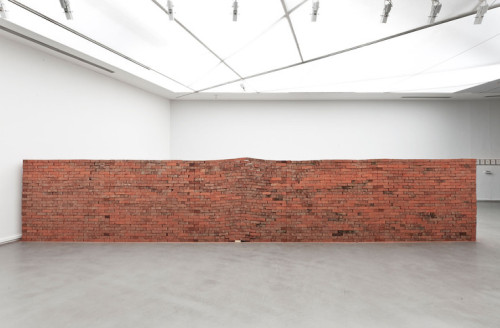
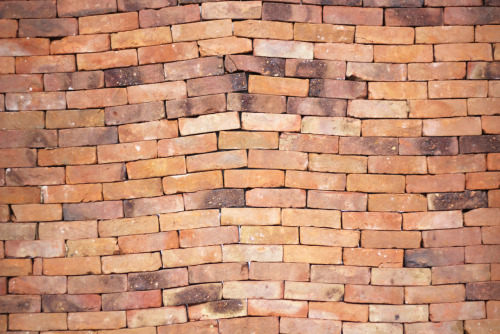

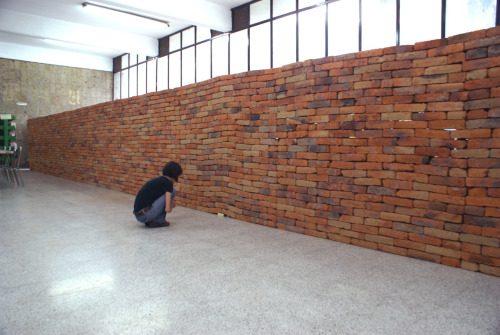
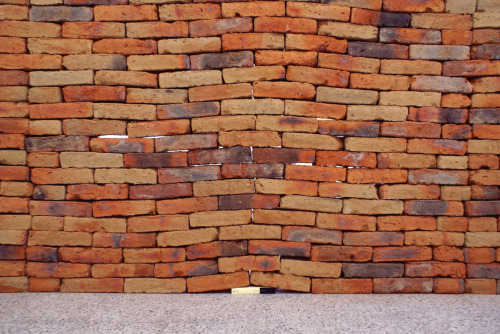
A Single Book Can Alter The Strongest Of Foundations
Installation artist Jorge Mendez Blake creates a powerful brick sculpture titled “The Castle”. The intimidating wall, formidable and erect, loses its symmetry and forms a rift at the point where a book it inserted at its root.
Keep reading
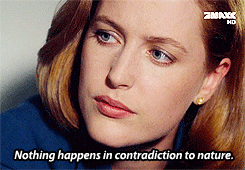


A shooting star over Mount Rainier By Tanner Wendell Stewart
js
-
 tequemolacasa liked this · 8 years ago
tequemolacasa liked this · 8 years ago -
 croissant-au-chocolat liked this · 8 years ago
croissant-au-chocolat liked this · 8 years ago -
 etoshitoshi liked this · 8 years ago
etoshitoshi liked this · 8 years ago -
 anthepound liked this · 8 years ago
anthepound liked this · 8 years ago -
 murisicluka-blog liked this · 8 years ago
murisicluka-blog liked this · 8 years ago -
 giovane-yoda liked this · 8 years ago
giovane-yoda liked this · 8 years ago -
 radio420 liked this · 8 years ago
radio420 liked this · 8 years ago -
 some-places liked this · 8 years ago
some-places liked this · 8 years ago -
 hornypastafarian liked this · 8 years ago
hornypastafarian liked this · 8 years ago -
 atm-tmpt liked this · 8 years ago
atm-tmpt liked this · 8 years ago -
 chickadia reblogged this · 8 years ago
chickadia reblogged this · 8 years ago -
 gerardo670-blog liked this · 8 years ago
gerardo670-blog liked this · 8 years ago -
 dank-grunge-zodiac-aestheti-blog liked this · 8 years ago
dank-grunge-zodiac-aestheti-blog liked this · 8 years ago -
 grappleguy-blog liked this · 8 years ago
grappleguy-blog liked this · 8 years ago -
 kitswulf reblogged this · 8 years ago
kitswulf reblogged this · 8 years ago -
 spatialisspecial reblogged this · 8 years ago
spatialisspecial reblogged this · 8 years ago -
 supershrug reblogged this · 8 years ago
supershrug reblogged this · 8 years ago -
 intheeyeofadiamond liked this · 8 years ago
intheeyeofadiamond liked this · 8 years ago -
 climate-changing reblogged this · 8 years ago
climate-changing reblogged this · 8 years ago -
 climate-changing liked this · 8 years ago
climate-changing liked this · 8 years ago -
 iliketrains458 reblogged this · 8 years ago
iliketrains458 reblogged this · 8 years ago -
 iliketrains458 liked this · 8 years ago
iliketrains458 liked this · 8 years ago -
 levitatedaily liked this · 8 years ago
levitatedaily liked this · 8 years ago -
 stubborn-turtle-blog reblogged this · 8 years ago
stubborn-turtle-blog reblogged this · 8 years ago -
 stubborn-turtle-blog liked this · 8 years ago
stubborn-turtle-blog liked this · 8 years ago -
 undichdavonmuss reblogged this · 8 years ago
undichdavonmuss reblogged this · 8 years ago -
 helmutkormalis liked this · 8 years ago
helmutkormalis liked this · 8 years ago -
 wimagine liked this · 8 years ago
wimagine liked this · 8 years ago -
 kitswulf liked this · 8 years ago
kitswulf liked this · 8 years ago -
 allihearts liked this · 8 years ago
allihearts liked this · 8 years ago -
 reservedhippie liked this · 8 years ago
reservedhippie liked this · 8 years ago -
 cirenel reblogged this · 8 years ago
cirenel reblogged this · 8 years ago -
 collectivecounterparts reblogged this · 8 years ago
collectivecounterparts reblogged this · 8 years ago -
 tuerai reblogged this · 8 years ago
tuerai reblogged this · 8 years ago -
 tuerai liked this · 8 years ago
tuerai liked this · 8 years ago -
 cheech771-blog liked this · 8 years ago
cheech771-blog liked this · 8 years ago -
 eloisecalling liked this · 8 years ago
eloisecalling liked this · 8 years ago -
 maptitude1 reblogged this · 8 years ago
maptitude1 reblogged this · 8 years ago
Gaming, Science, History, Feminism, and all other manners of geekery. Also a lot of dance
243 posts
